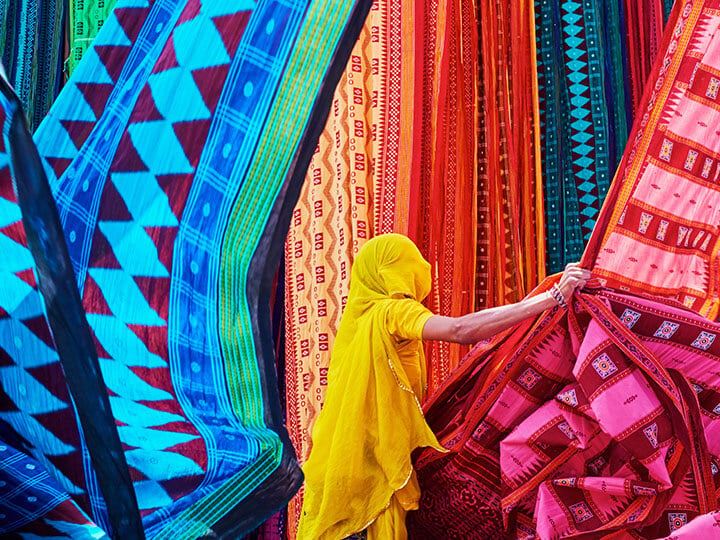Textile lizawrites.com plays a significant role in defining national costumes across the globe. It serves as a symbol of identity, representing the culture, tradition, and history of a nation. The aesthetic appeal and symbolic value of textiles are thepositivesidepodcast.com often reflected in these costumes that bear witness to the rich tapestry of human civilization.
National costumes are not merely pieces of clothing but are embodiments of clearimagemultimediainc.com cultural narratives and historical evolution. They provide an insight into the social structure, religious beliefs, climate conditions, economic status, and artistic sensibilities prevalent during different periods. Textiles play an integral part in this narrative by influencing the design, integrityyp.com color scheme, patterns and overall look of these traditional attires.
The diversity seen in national costumes worldwide is largely due to variations seasprayblue.com in textile production techniques. For instance, Batik from Indonesia or Kimono fabrics from Japan depict unique textile dyeing methods which have been passed down through generations. Similarly, Indian Sarees showcase intricate weaving techniques while Scottish kilts demonstrate unique woolen fabric designs.
The choice of materials used for textile production also significantly influences national costumes. Countries with colder climates tend to use heavy wool or fur while those with warmer climates prefer cotton or silk. This not only reflects regional availability but also dictates the comfort level and practicality of wearing such attire.
Moreover, specific motifs or patterns woven into textiles often hold deep cultural significance which contributes to their use in national costumes. For example; African Kente cloth features geometric patterns reflecting philosophical concepts while Chinese Silk often contains dragon imagery symbolizing power and prosperity.
Color too plays a pivotal role as it can represent various elements like social status or community affiliation within a society’s context. In many cultures around the world including India’s caste system or Japan’s Heian period court ranks – colors were strictly regulated according to one’s societal position making them an important aspect when designing national dresses.
In addition jusoors.com to their x-pumper.com cultural symbolism; textiles used for national costumes also reflect technological advancements over time – from hand weaving to mechanized looms and now digital printing. This evolution has allowed for greater diversity in design and accessibility, while also preserving traditional techniques.
In conclusion, the textile is a key element that defines national costumes. It embodies the essence of a nation’s culture, history, geography and societal norms. The richness of textiles used in these attires reflects the diversity of human civilization itself. They are not just pieces of fabric but are threads woven together to tell stories about our past, representing who lolranks.com we were and who we have become as societies evolve over time.

